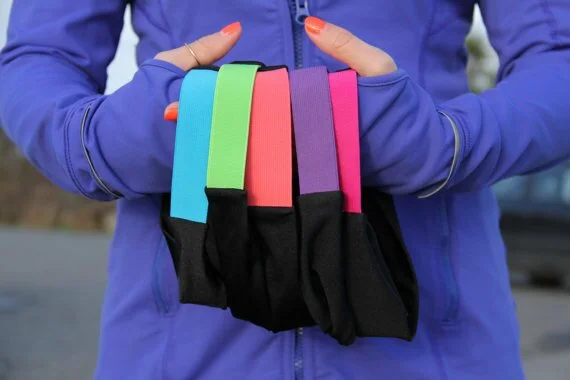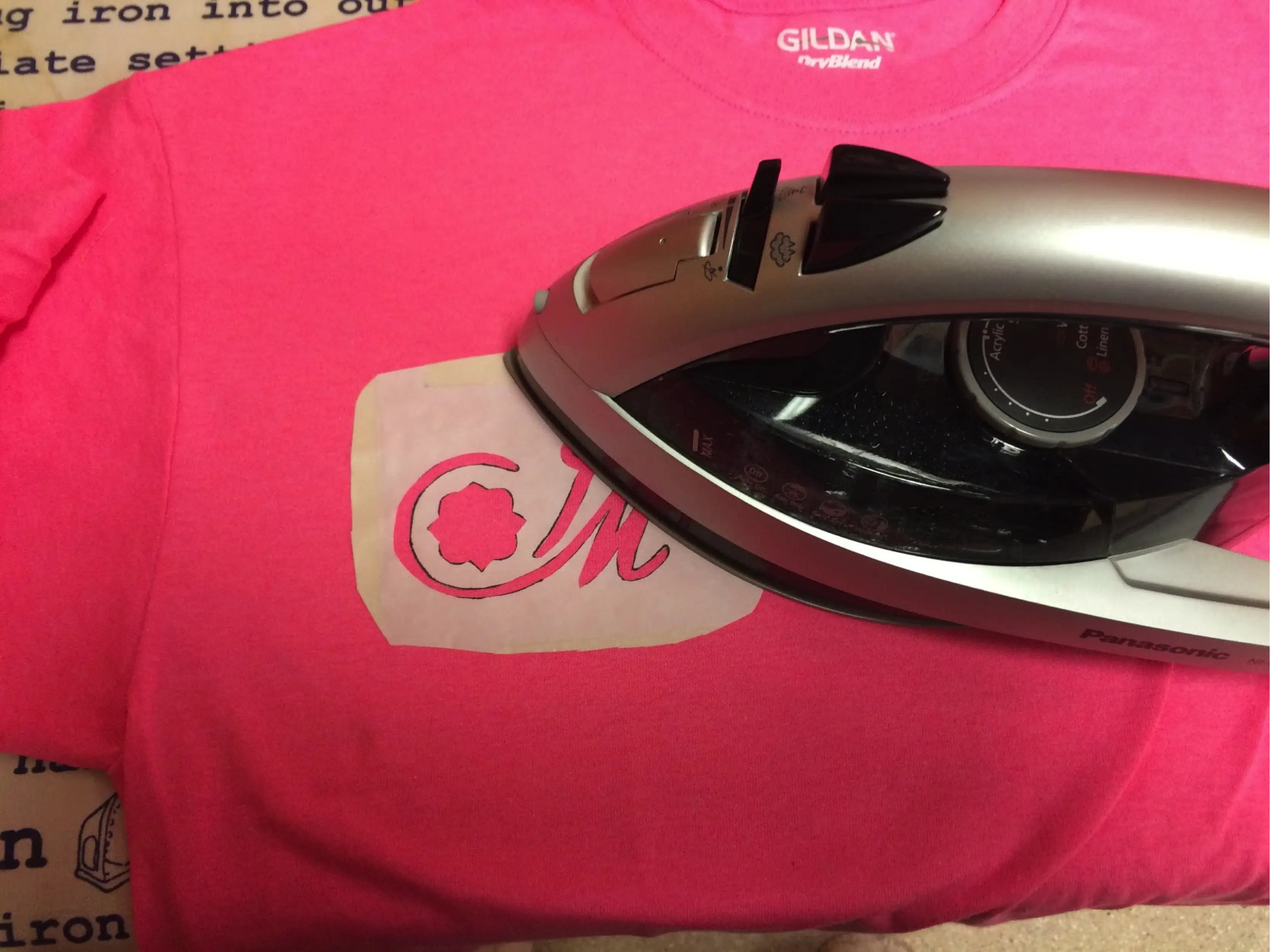“May the force be with you,” said…nobody in this particular George Lucas film (I don’t think I need to tell you, but that was from Star Wars [#13]). But yes, George Lucas did direct and write something other than Star Wars. Shocking, I know. What’s more shocking is…American Graffiti is actually pretty good. Like, 5 Oscar nominations good.
It’s a familiar story, or familiar enough to many of us recent additions to the collegiate world. 4 teenagers on their last night at home before they are scattered across the country go out on the town for a final summer night. As is typical of the 1960s, the decade in which the movie takes place, their evening consists of “cruising” cars, stopping in at the local sock hop, and eating at Mel’s Drive In Diner. Steve Bolander (the multitalented Ron Howard) is anxious to get to college, and throughout the movie, contemplates the fate of his relationship with Laurie (Cindy Williams), while also trying to convince the hesitant golden boy Curt Henderson (Richard Dreyfuss) that he should go to college with him the following day as they’ve planned all along. Curt is stuck on his hometown life. He likes the familiarity, doesn’t want to upset the balance—that is until he meets “a goddess,” an unknown blonde glimpsed fleetingly as she speeds away in her 1956 white Ford Thunderbird. From then on, the night takes a chaotic turn. Terry (Charles Martin Smith) is entrusted with Steve’s prized 1958 Chevy Impala. Curt gains admission to The Pharaohs, a group of greasers that force him to steal from the Moose Lodge and destroy a police car. John, definitely the rebel in this film, cruises around in his bright yellow 1932 Deuce Coup after somehow picking up a thirteen-year-old he thinks is much older. The night ends in a Rebels Without a Cause-esque chickee run disaster, and some changed perceptions for the gang.

It’s a classic coming-of-age story reminiscent of Grease, made sweeter by the real-life events it portrays, obviously with some fiction. The project was very close to George Lucas’ heart being a depiction of his youth. And the cars. Amidst the quick-paced shots and action are splashes of color—the flash of the old school wheels whizzing by. Seriously, this is a car buff’s dream film, from souped up oldies to period-popular Thunderbirds, this movie has it all. Including the distinction of requiring over 300 pre-1962 vehicles to film some of the scenes, with over 1000 car aficionados answering the ads to have their cars featured (and watched over with hawk-like protection). I actually don’t know if this movie is worthy of a top 100 films of all time distinction. It’s certainly an intriguing plot, and historically valuable for its extraordinarily accurate depiction of the time period. It’s technically a well-done film, but it somehow lacks the all-around magic that many of the other films possess. The dialogue is nothing special, with the occasionally surprising turn-of-phrase. The actors do a very good job but nothing revolutionary—although, you could look at this as the catalyst of Richard Dreyfuss’, Ron Howard’s, and Harrison Ford’s careers. Not too shabby. The message is cute but not life-changing. Pretty much, it’s just a feel-good film with insane cars and some insane kids. Perfect for a casual Friday movie night.






